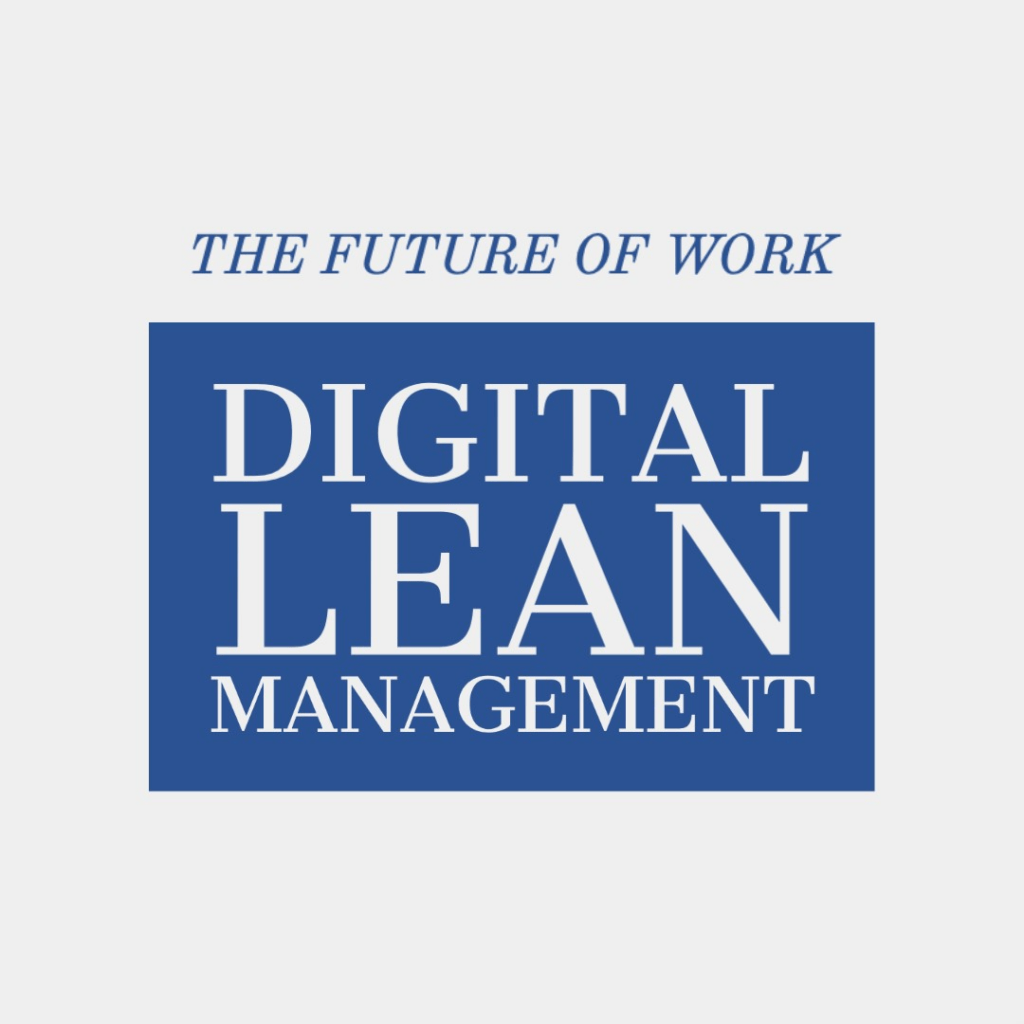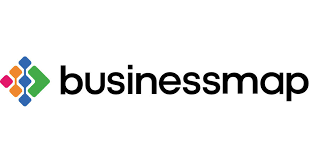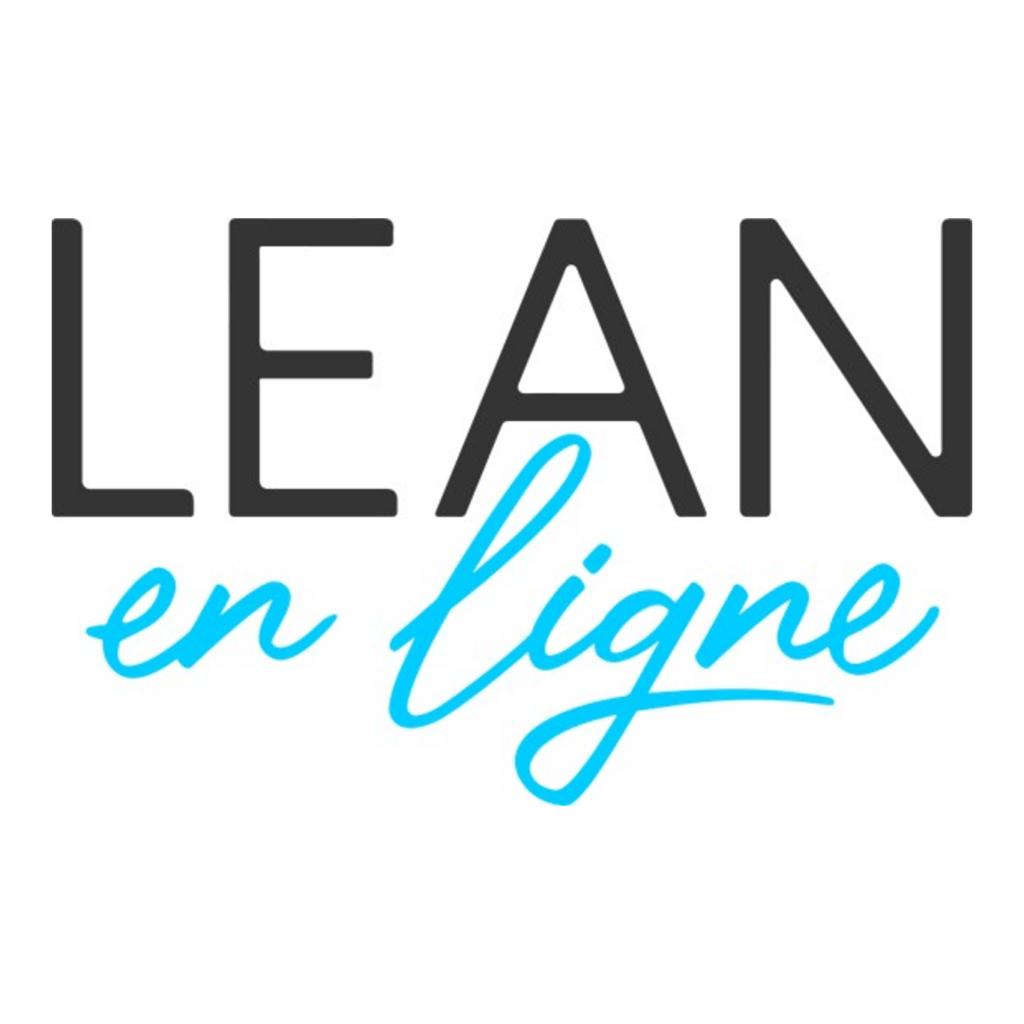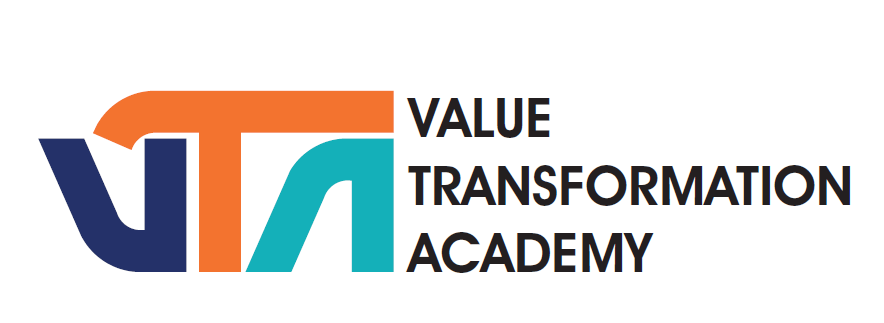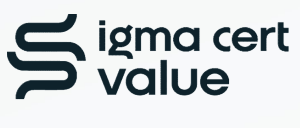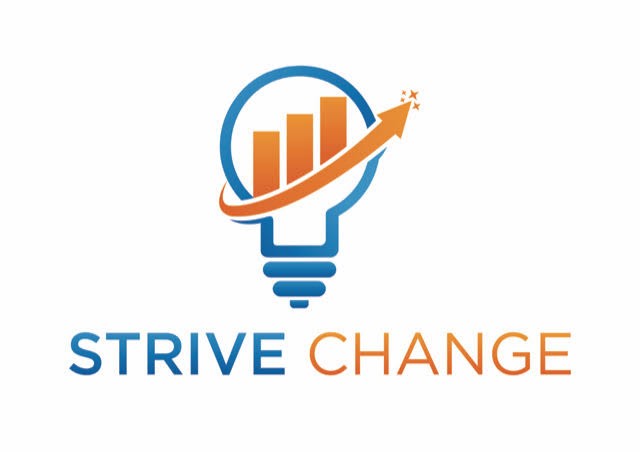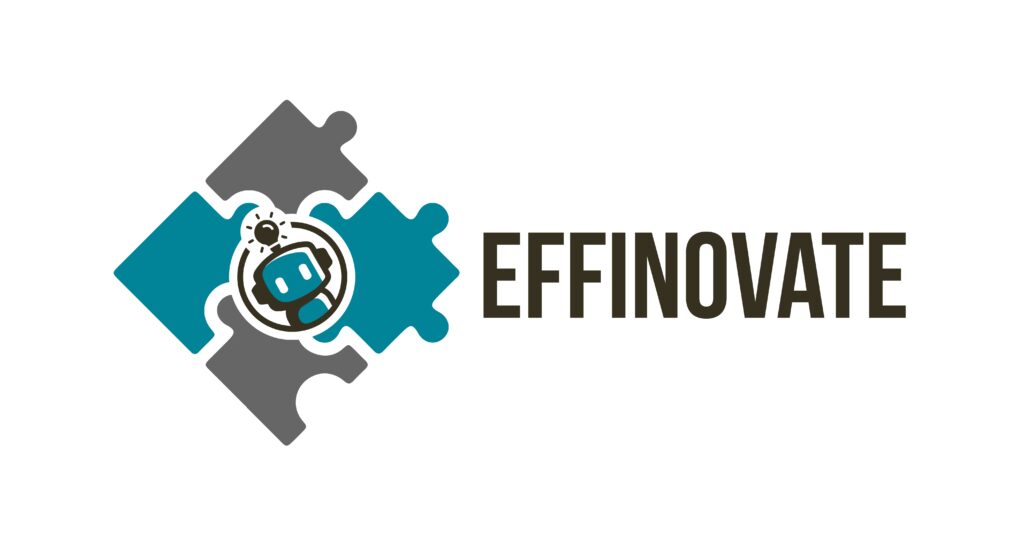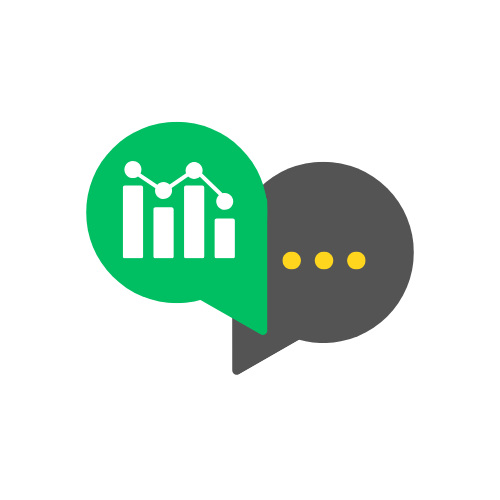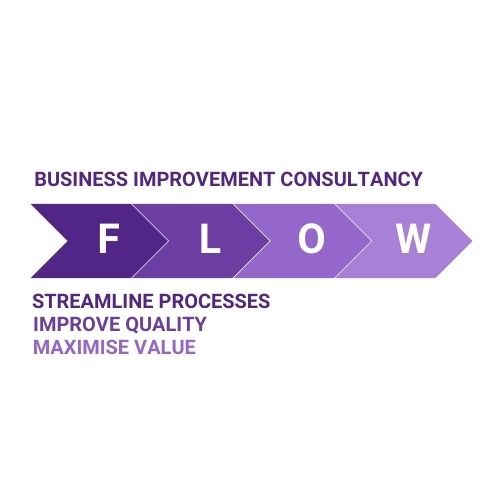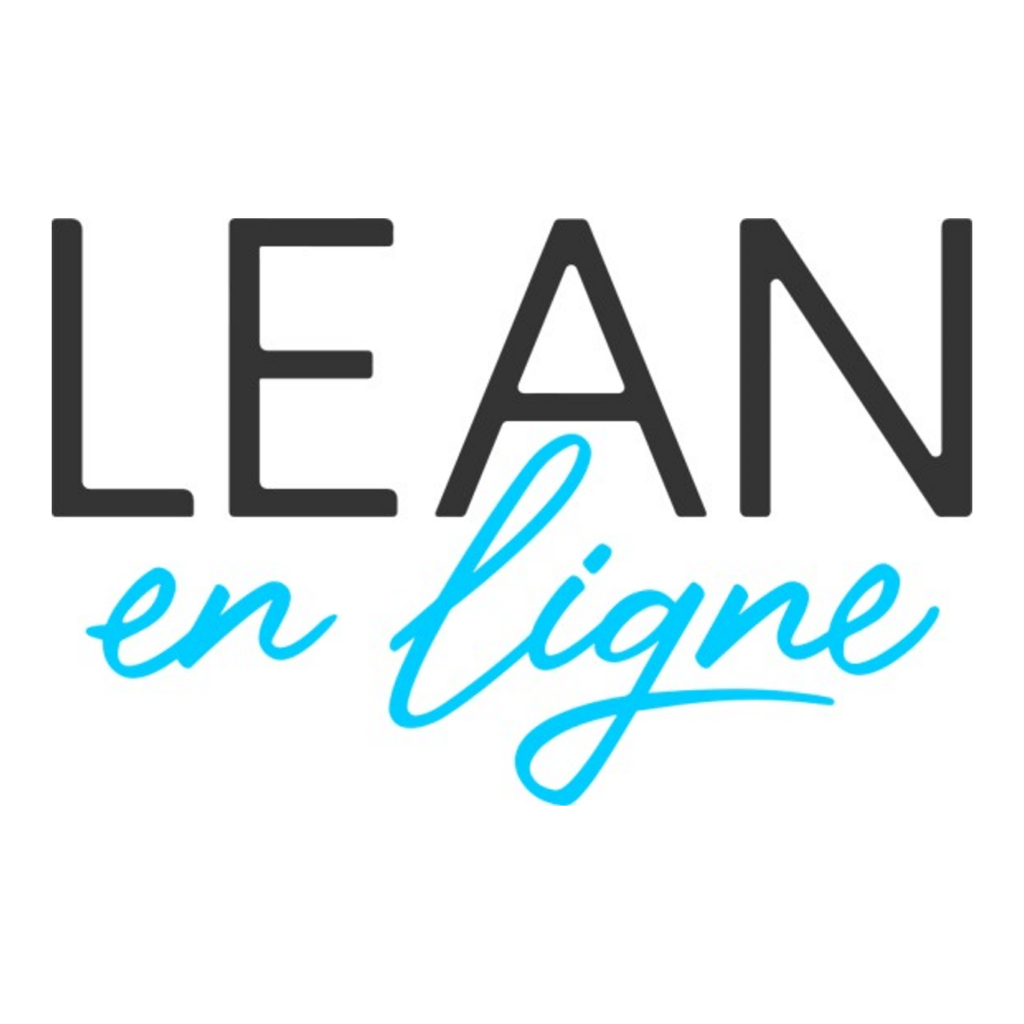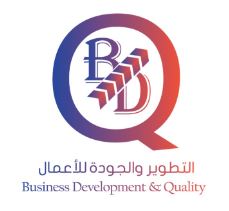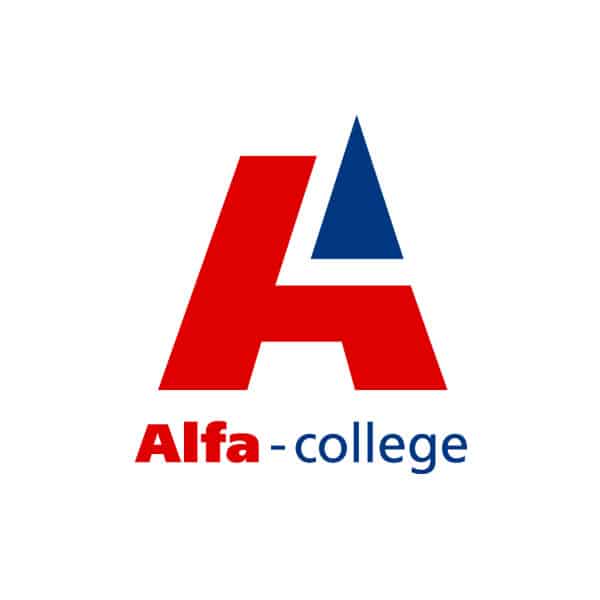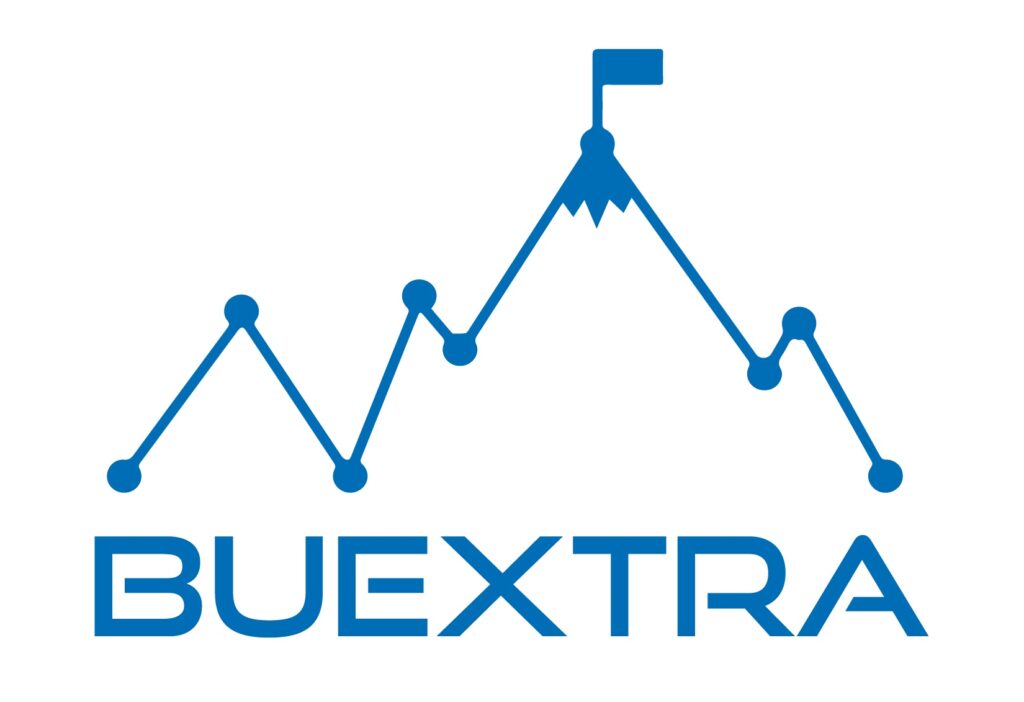2018: The Netherlands, Machiel Tesser, a pioneering figure in Lean Blockchain System Thinking, introduced a ground-breaking tool known as the ‘Ecosystem Design Framework.’
This innovative framework was developed to enhance problem-solving and facilitate the creation of cutting-edge solutions by utilizing a unique relationships logic protocol. The core of this protocol operates on the principle: “if <who> does <what>, then <that>.”
In this framework the ‘Who’ represents the stakeholders or identities involved in the ecosystem.
The ‘What’ specifies their roles and the value-adding activities they perform, and the combination of ‘Who’ and ‘What’ results in a ‘That it Happened’ scenario.
This scenario signifies a consensus, providing a timestamp and proof that a certain activity occurred with system approval.
It essentially acts as a network status update reflecting a predefined change within the system.
The ‘Ecosystem Design Framework’ is governed by the simple yet powerful rule: “If this, then that” (IFTTT). This model offers a structured approach that ensures clarity and coordination among stakeholders, facilitating their collective efforts towards achieving systemic goals sustainably.
By defining clear roles and establishing a consensus mechanism, the framework promotes transparency and accountability, essential for effective collaboration in complex systems.
Tesser’s model not only streamlines processes but also enhances the integrity of interactions within the ecosystem, making it an indispensable tool for contemporary problem-solving and innovation in the Lean, blockchain and Systems Thinking domains.

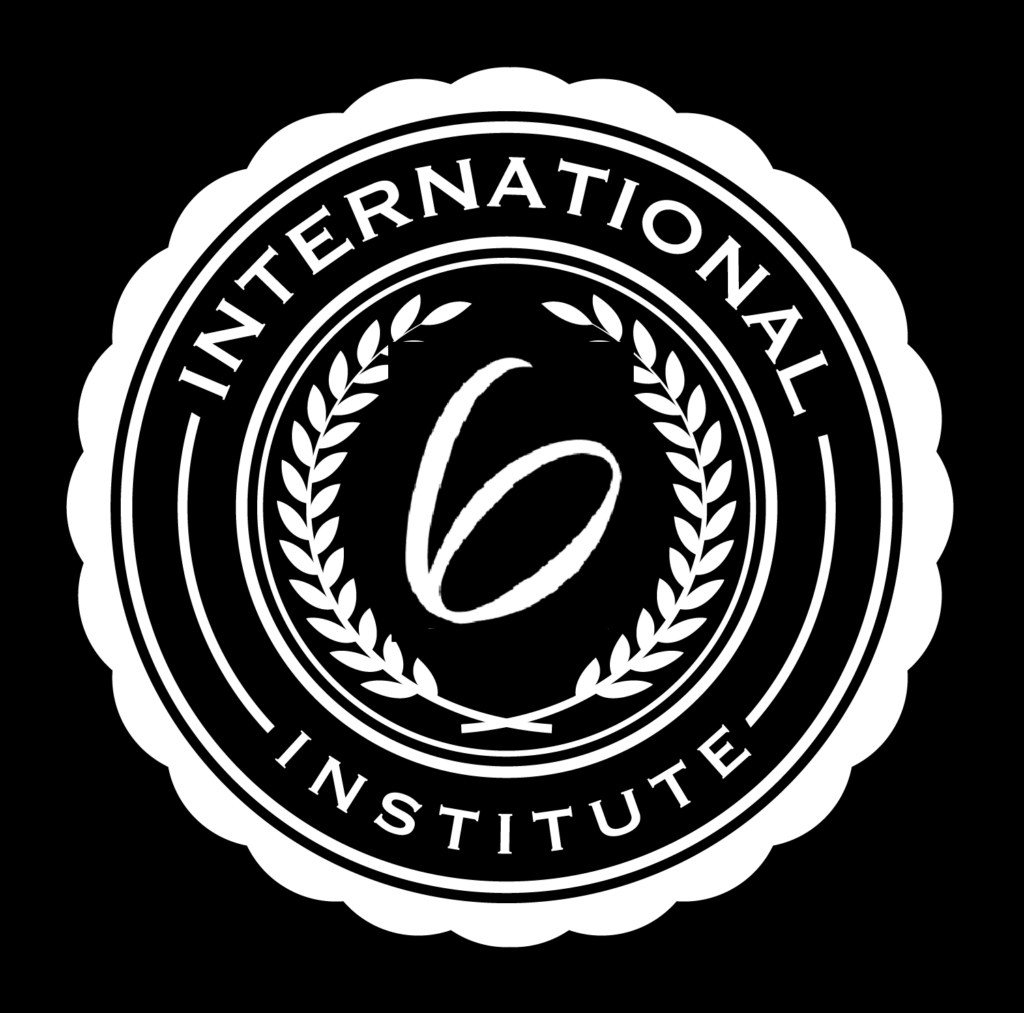
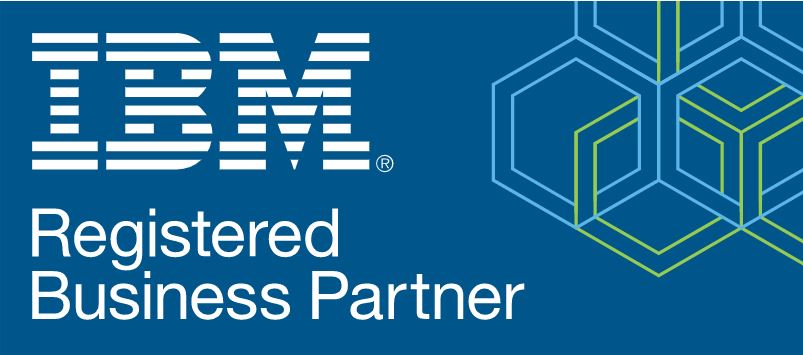

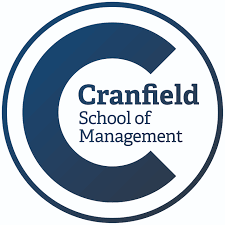
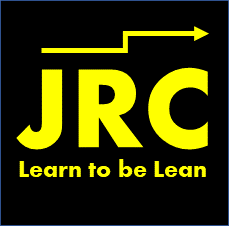
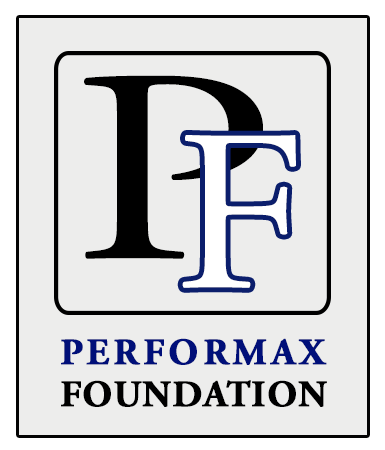

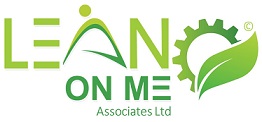

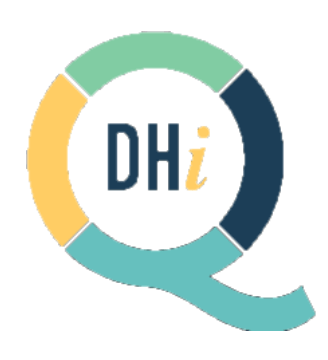


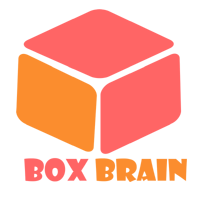



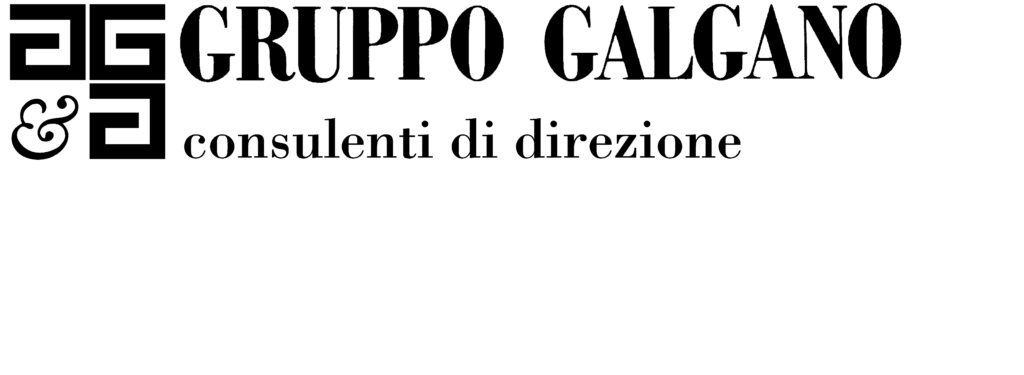




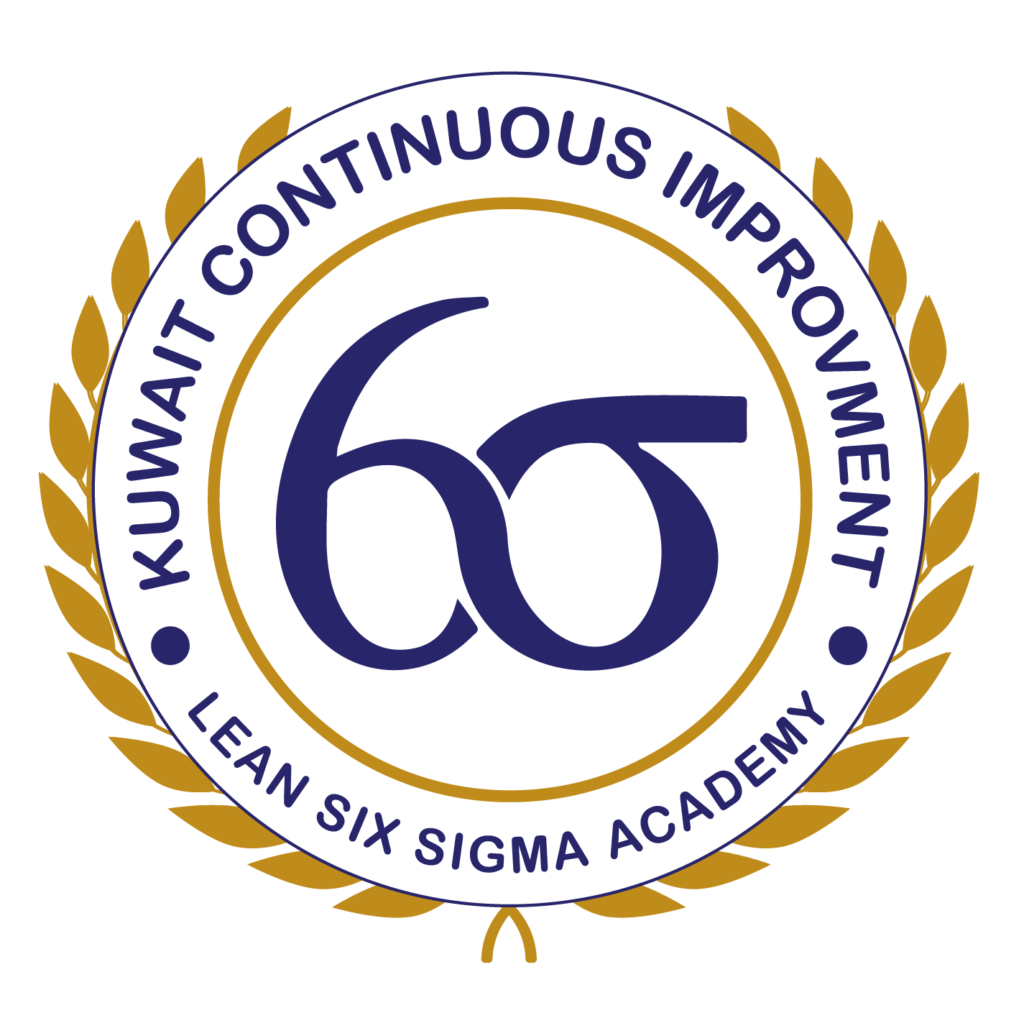

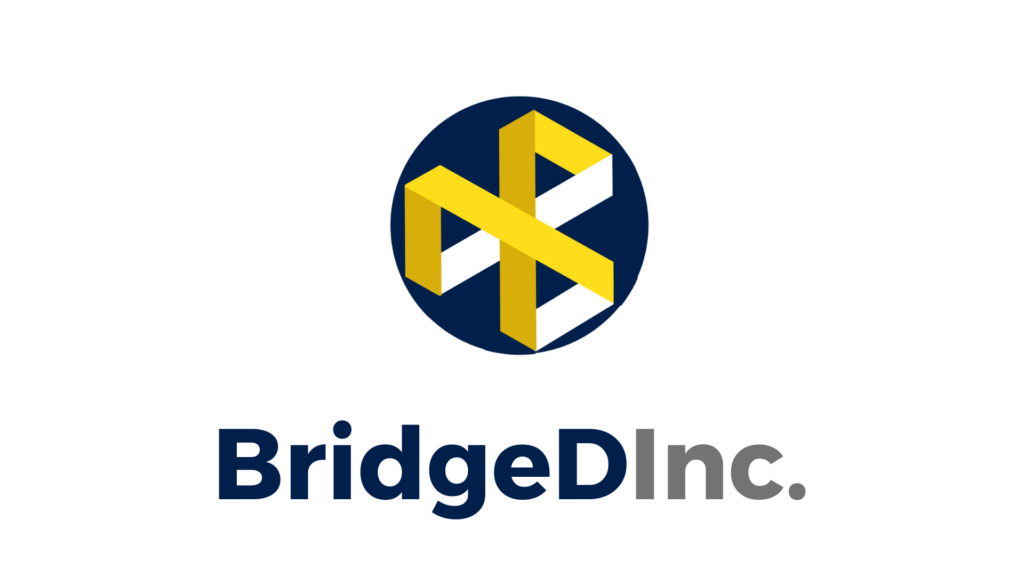

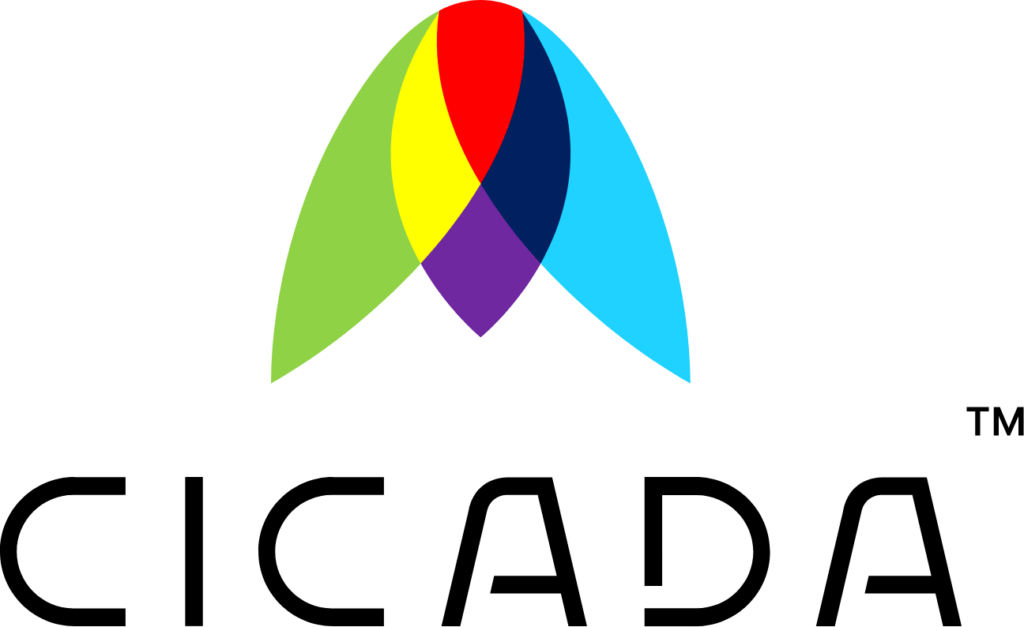

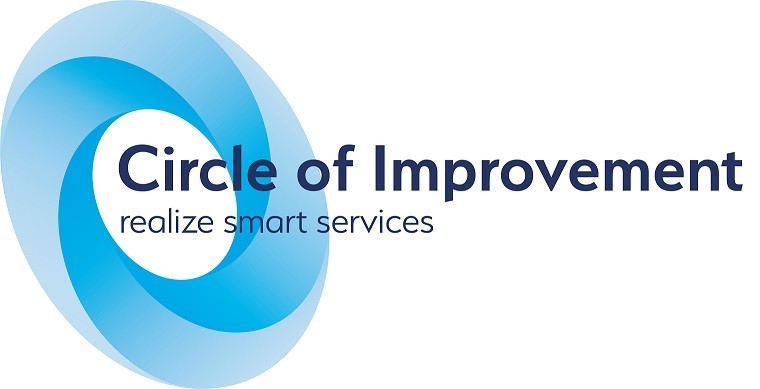



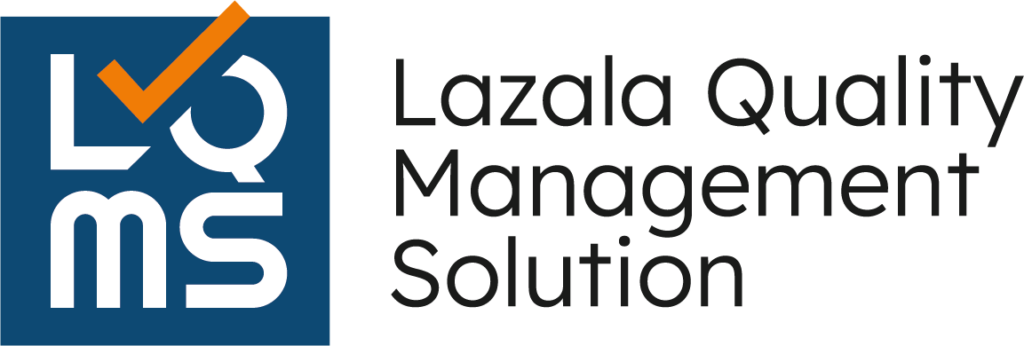




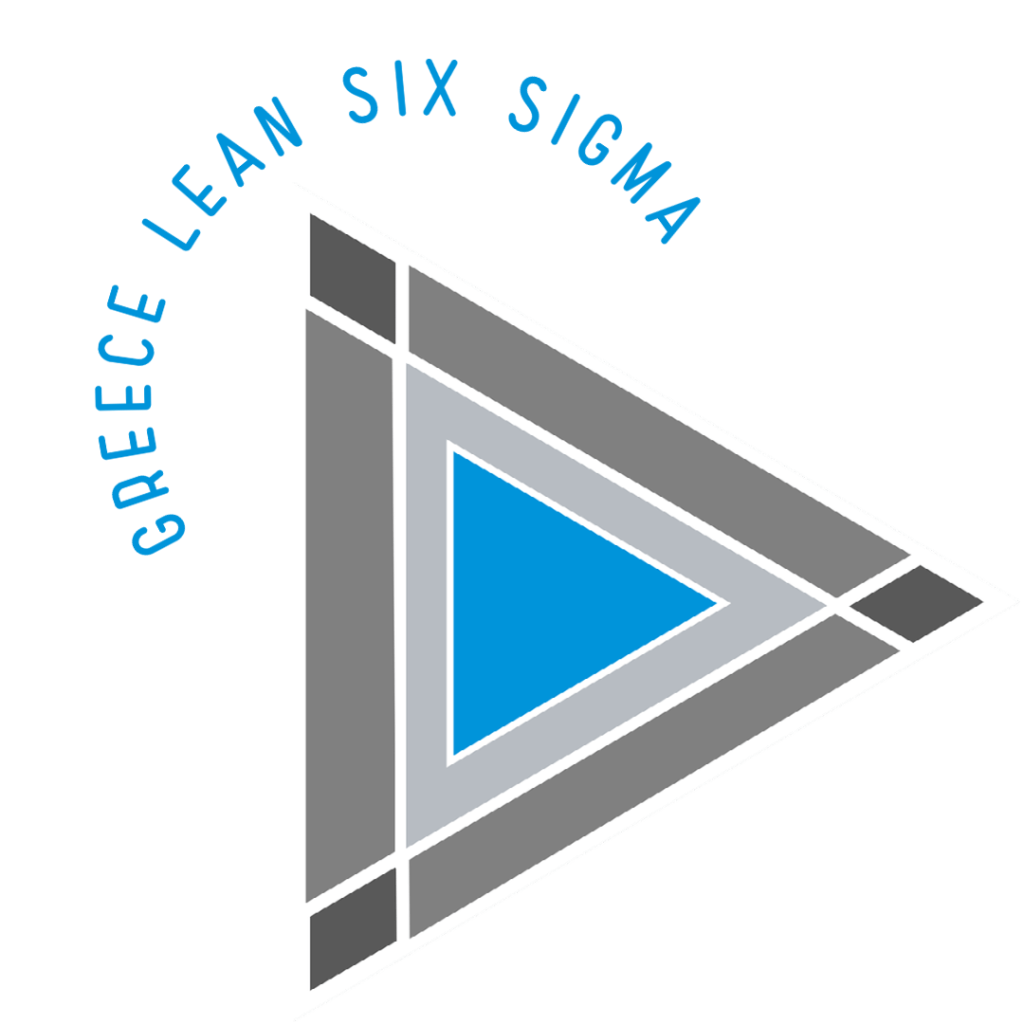



![UCOURSE.ORG [UCOURSE Academy] was established in Hong Kong in 2019 (company name: UCOURSE LTD), dedicated to providing high-quality online courses and courses for Chinese people in China, Hong Kong, and even all over the world. UCOURSE.ORG 【优思学院】于2019年成立于香港(公司名称:优思学院有限公司 / UCOURSE LTD),致力于为中国、香港、以至身处于全球各地的中国人提供优质的线上课程和考试认证,促进全国的人材培育、个人的职业发展,让学员在事业上事半功倍,同时助力国家的未来的急促发展。](https://ilssi.org/wp-content/uploads/2021/02/ucourse-logo-250.png)

